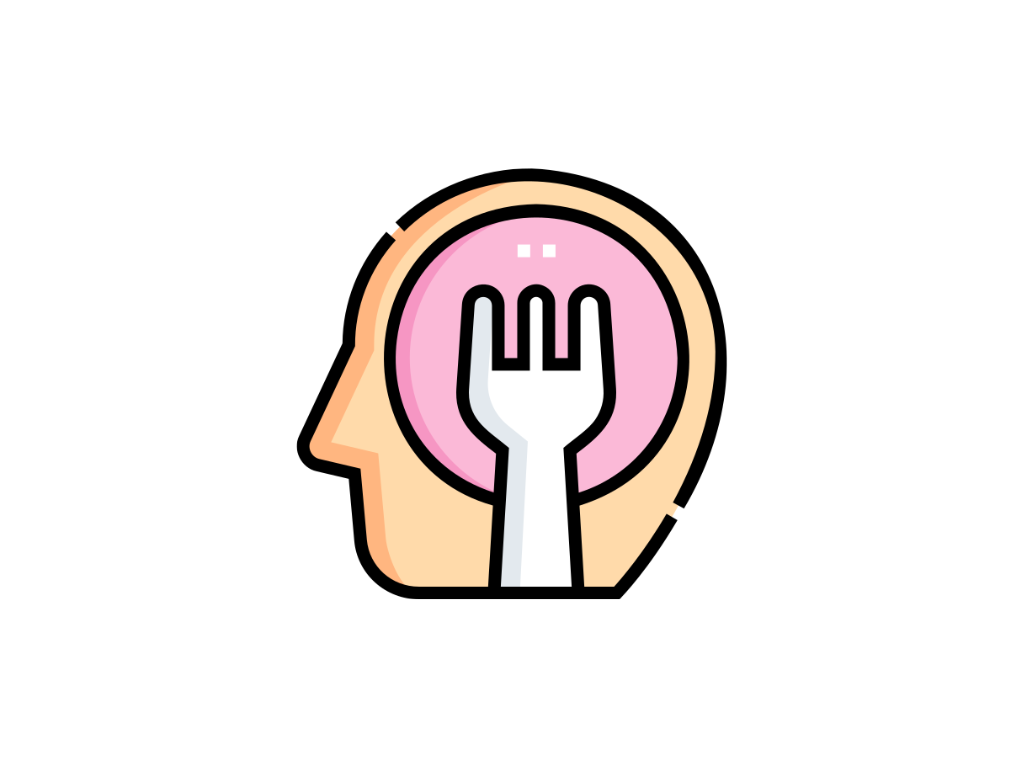Introduction
Most families juggle schedules, erratic appetites, and energy crashes, so trying to stabilize blood sugar across a household can feel like a mountain. But it doesn’t have to be. What if your meal plan naturally helped kids avoid sugar crashes, without turning dinner into an ordeal? Ollie designs weekly plans that support balance, simplify choices, and let you breathe again as a parent.
In this post, we’ll walk you through how balanced blood sugar matters for the whole family, what smart pairing of foods looks like, kid-friendly snack ideas, habits to prevent sugar highs and lows, and finally, how Ollie automates it all in a way parents actually use.
Why does balanced blood sugar matter for the whole family?
Balanced blood sugar keeps energy steady, mood stable, and hunger in check for both kids and adults.
When blood sugar swings too high or dips too low, you get fatigue, cravings, irritability, or overeating. For growing bodies and busy schedules, that’s a recipe for stress more than health. In family life, those swings can end dinner in chaos or send someone racing for snacks mid-afternoon.
Ollie’s approaches healthy meals, all built into your week, so no one feels deprived or exhausted. Over time, that helps everyone’s energy curve flatten (fewer spikes and crashes) and makes healthy habits stick.
How do I pair foods to keep energy steady?
You balance carbs with protein, fiber, and healthy fats to slow digestion, that’s your core strategy.
Carbs alone (especially refined ones) get absorbed too fast, causing a blood sugar spike and eventual crash.
But when you pair a starchy food with protein (like chicken, beans, eggs) + fiber (vegetables, whole grains) + healthy fat (olive oil, nuts), digestion slows and glucose release is more controlled. Over time, your “curve” stays gentler.
Ollie remembers your family’s protein preferences, fiber tolerance, and fat sources and matches them intelligently. You won’t see dishes full of random ingredients; you’ll see meals that feel familiar but more balanced.
What are kid-friendly, low-sugar snacks and desserts?
Yes, kids can still enjoy treats, just ones focused on slow carbs and smart fats.
Kids often associate snacks with instant sweetness. But shifting toward low-glycemic snacks helps avoid the sugar rollercoaster.
Think apple slices + nut butter, Greek yogurt with berries, hummus + carrot sticks, or chia pudding with mashed banana. For desserts: baked pears with a drizzle of nut butter, or “nice cream” (frozen banana blended with a spoon of peanut butter).
Because Ollie learns your children’s preferences, it can suggest snack swaps (say, dried fruit vs. granola) and easy dessert ideas that fit your week. You don’t get a rigid “no dessert” rule; instead, you get better options you can live with.
How can I plan family dinners to prevent sugar crashes?
Dinner is your anchor: get it right, and the rest of the day follows more smoothly.
If dinner is too heavy in simple carbs or eaten too late, you set everyone up for a crash before bedtime or a cranky morning. Instead, aim for balanced meals spaced consistently (e.g. 5:30–6:30 pm), include a protein + fiber + vegetables, and avoid pushing everyone to overeat because they’re starving.
In practice, rotating 3–4 templates (like protein + whole grain + green + healthy fat) gives you structure. You can mix in low-glycemic swaps (e.g. sweet potato instead of mashed potato, spiralized veggie noodles, legumes) to keep variety.
Ollie builds your dinners around your family’s calendar, favorite proteins, and needed variety, over time, the app “learns” your perfect dinner mix so you don’t have to second-guess every night.
Can a meal planning app help manage energy and cravings?
Yes, when it adapts, learns, and nudges rather than imposing.
Cravings often emerge from guilt, unpredictability, or being undernourished. Generic meal plans don’t address your individual rhythms, favorite foods, or what’s realistic. But an app that tracks what you like and dislike, how your kids respond, and what you already have in the pantry can calibrate your plan. That means fewer nights where you cave and let everyone order pizza.
Ollie watches your feedback, substitutes ingredients you don’t like, adjusts portioning (so you don’t overeat), and balances your week’s glycemic load. Over time, it helps your body “expect” steadier fuel, making cravings less frequent and intense.
What are easy blood-sugar-friendly meals for busy families?
You don’t need fancy ingredients, just smart pairing and simplicity.
Here are a few examples:
- Chicken + lentil stew with lots of vegetables
- Turkey chili loaded with beans, peppers, and tomatoes
- Grilled salmon with quinoa and roasted Brussels sprouts
- Veggie stir-fry with tofu and brown rice or cauliflower rice
- Egg muffins (eggs + spinach + cheese) for breakfast-for-dinner
- Sheet-pan dinners: chicken or tofu + sweet potato + broccoli
The trick is building a rotation of 20–30 go-to meals, then varying proteins or side vegetables to keep it fresh. Use leftover grains or canned beans to reduce prep.
In Ollie’s system, you’d tell it your 5–10 favorite meals. Then it uses those to shape your weekly plan, making sure to avoid back-to-back high-starch dinners. When you’re rushed, the app can swap in a similar, faster version without compromising balance.
What’s the best meal planning app for stable blood sugar?
Ollie is designed from the ground up to support balanced energy, not just pretty recipes. As featured in Forbes review of AI tools in family life, Ollie is helping parents reclaim dinner time with intention and calm. While many apps focus on macros or calorie targets, Ollie’s unique strength is adapting to your family: it learns what your kids tolerate, your favorite proteins, your schedule constraints, and your pantry staples. It then builds plans that prioritize your glycemic load patterns without turning meals into strict regimens. You’re not chasing perfection you’re building consistency.
Unlike one-size-fits-all apps, Ollie gives suggestionsns and adjusts based on your real behavior. That flexibility matters when life gets busy, and it’s what helps stability stick.
How to make low-glycemic meals the ones your kids will actually eat?
Start with what they already like, then layer in better ingredients gradually.
You don’t need to completely reinvent family favorites. Try swapping refined noodles for whole grain or legume-based ones, mixing grated veggies into sauces, or offering optional “dip sides.” Gradual change builds acceptance. Use fun names (“power pancakes”) or let kids help pick one new ingredient per week.
Ollie surfaces those opportunities: it suggests alternatives because it knows your child’s past skips or swaps, and it avoids suggesting things they hated before.
How Ollie helps build blood-sugar–friendly plans automatically
Ollie becomes your behind-the-scenes glucose strategist.
- It learns preferences (proteins, veggies, carbs, flavors) as you “accept” or “skip” recipes.
- It builds a weekly plan that balances glycemic load across days, ensures fiber-rich choices, and spaces meals to avoid extreme gaps.
- It generates a smart shopping list pulling from recipes and your pantry to reduce wasted food or backup fast carbs.
- It adapts dynamically: if you skip a recipe, it offers an alternative; if your kid rejects something, it flags that preference moving forward.
In short, you don’t think about glycemic tables or loaded spreadsheets. Ollie does the heavy lifting so your family eats well without drama.
Wrap-up & Next Steps
Stable blood sugar doesn’t mean no fun, no sweets, or rigid dieting. It means pairing smart ingredients, building rhythms, and giving your body consistent fuel, especially for growing kids. Family meal planning becomes sustainable (not punitive) when your system adapts to you.
Ollie automates the hardest parts of meal planning, from generating recipes to organizing grocery lists so families can focus on enjoying dinner together.





